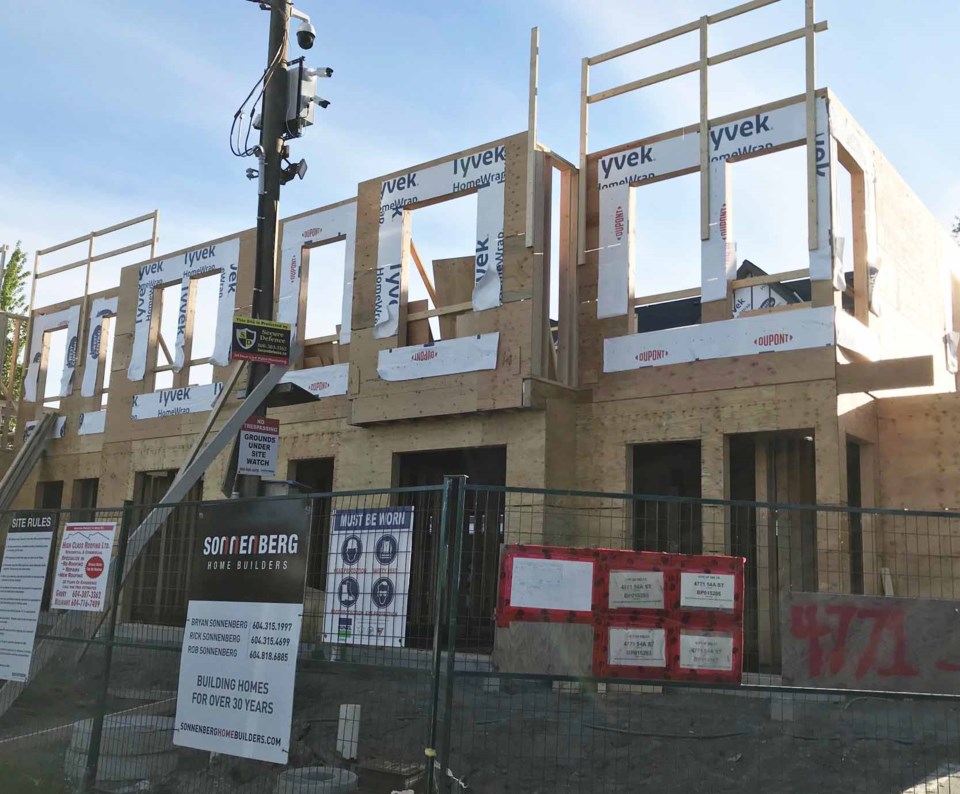To solve a problem, we must first acknowledge its existence. sa国际传媒's housing crisis is a deep-rooted issue that has been looming for over 50 years, and it's time we face it head-on. It’s like neglecting dental care until a dozen root canals become necessary: we can no longer afford to ignore what is needed to address our problem.
Some argue, "How can we have a housing shortage when our cities are witnessing a surge in housing construction?" While it is true that the number of housing that have completed construction and are ready for occupancy has increased compared to historical averages, the backlog remains overwhelming, leading to exorbitant rents and skyrocketing housing prices. Only through an unprecedented build-out of new housing can we address this shortage. Critics claim that previous attempts to build our way out of the crisis have failed, but their argument is flawed. We have never truly committed to building enough housing to tackle the shortage effectively.
Consider the alarming statistics. In the 1970s, Vancouver witnessed an average of 12.8 housing construction completions per 1000 people. However, over three decades, that number dropped to 7.7 in the 2010s, representing a 66% decrease in completions per capita. If Vancouver had maintained the construction levels seen in the 1970s, an additional 125,000 or more homes would have been built from 2010 to 2020 in Vancouver, significantly alleviating the current crisis.
Moreover, between 1973 and 1994, sa国际传媒 constructed or acquired an average of 16,000 non-market homes annually. However, due to significant federal funding cuts from 1994 to 2016, that number plummeted by 90 per cent to a mere 1,500 homes per year. The decline in non-market housing availability has worsened the situation for those needing affordable options than market housing is designed to provide.
To grasp the distinction, market housing refers to privately owned properties bought, sold, or rented at market prices determined by supply and demand dynamics. Conversely, non-market housing, operated by governments, non-profit organizations, or cooperatives, encompasses social housing, affordable housing, and subsidized housing. These alternatives are crucial for addressing the needs of individuals who cannot afford market rates.
We see the effects of the housing shortage in low vacancy rates, many people competing for the same rental unit or bidding up prices of the same home and ensuing rising housing prices and rents, long wait lists, and young adults unable to move out of their parent's place or stuck in undesirable roommate situations. It is an unjust and unsustainable situation that necessitates immediate action.
However, we must also recognize that our housing shortage is not merely a crisis of numbers; it is a crisis of values. Governments have yet to be willing to make the tough decisions to address this issue effectively. Municipalities responsible for housing rules play a vital role in enabling or hindering new market and non-market housing creation. We need inspiring examples like the city-wide policy change in Auckland, New Zealand, where rules were altered in 2016 to increase zoned capacity by 50 per cent. The result? A significant increase in new housing and lower rents indicates that such measures can make a difference.
sa国际传媒 Premier David Eby announced a plan with the potential for substantial change. His proposal: transform our housing landscape by allowing secondary suites everywhere and permitting three to four homes per lot (or six units per lot near city transit). Picture a single lot currently accommodating one 2,000 sq ft house transformed into four 500 sq ft apartments. However, an increase in floor space must accompany these rule changes to ensure we create the type of housing our communities desperately need.
The province could make an even bigger impact by altering existing city rules allowing up to 12 storeys for community-owned housing – allowing non-profits and cooperatives to build out an abundance of housing for lower-income households like those experiencing homelessness, in poverty, or young people, students, seniors, and working-class families who need fairer rents, without the costly and lengthy requirement for a public hearing and rezoning every time.
We need governments to alter the rules to make housing rents and prices fairer by addressing our housing shortage.
Khelsilem is a political leader from the Squamish Nation who has advised on major market and non-market housing developments in Metro Vancouver.



